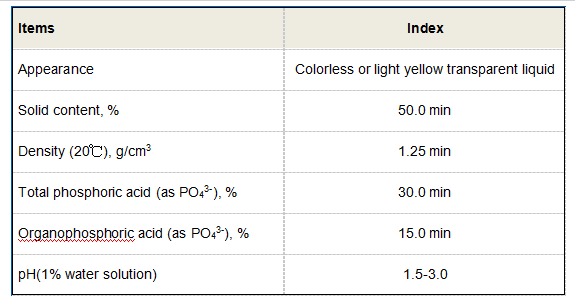isothiazolinone in detergent
The Role of Isothiazolinones in Detergents Benefits and Concerns
Isothiazolinones are a class of chemicals that have garnered significant attention in recent years due to their widespread use as preservatives and biocides in various products, including detergents. These compounds, particularly methylisothiazolinone (MIT) and methylchloroisothiazolinone (MCI), are employed to prevent the growth of bacteria and fungi in liquid formulations, ensuring that products maintain their integrity throughout their shelf life. While isothiazolinones offer effective antimicrobial properties, their safety and potential health effects have raised concerns among consumers and regulatory bodies alike.
One of the main advantages of using isothiazolinones in detergents is their efficiency in prolonging product stability. Detergents are often formulated with water, which creates an ideal environment for microbial growth. The incorporation of isothiazolinones helps to combat this risk, effectively preventing spoilage and maintaining the product's performance. As a result, consumers can trust that the detergents they use will clean effectively without the concern of bacterial contamination.
Furthermore, given the rigorous demands of the cleaning industry, isothiazolinones stand out for their effectiveness at relatively low concentrations. This not only helps manufacturers save costs but also contributes to more environmentally friendly formulations by minimizing the overall chemical load. Detergent manufacturers often seek to optimize their formulations, and finding effective preservatives like isothiazolinones plays a crucial role in this process.
isothiazolinone in detergent

However, the growing usage of isothiazolinones has not been without controversy. Over the last decade, there has been a notable increase in allergic reactions linked to these substances. Reports of skin sensitization, particularly from products containing MIT and MCI, have led to concerns about their safety. The European Union, in particular, has taken steps to regulate the concentration of these compounds in cosmetic and cleaning products due to the rising incidence of contact dermatitis.
Regulatory responses to these concerns have sparked a debate within the industry and among consumers. Some manufacturers have begun to reformulate their products, either by reducing the concentration of isothiazolinones or by opting for alternative preservatives altogether. While this shift is designed to enhance consumer safety, it poses challenges for formulators. Finding effective alternatives that do not compromise product quality or shelf life remains a priority.
From a consumer perspective, awareness of isothiazolinones in household products is essential. Many consumers are now opting for free from products that do not contain certain chemicals, reflecting a growing trend towards more natural and safe cleaning solutions. This changing landscape has prompted manufacturers to innovate and develop new formulations that align with consumer preferences, often leading to the incorporation of plant-based ingredients and natural preservatives.
In conclusion, isothiazolinones play a significant role in the formulation of detergents, offering effective antimicrobial properties that enhance product stability. Yet, the potential for allergic reactions has brought about a necessary dialogue regarding their safety and regulation. As consumers become more informed about what goes into the products they use, manufacturers face pressure to adapt to these expectations without sacrificing quality or performance. The challenge lies in balancing safety, effectiveness, and consumer satisfaction, a goal that is critical as the industry continues to evolve in response to these dynamic trends. Ultimately, ongoing research and transparency will be vital in fostering trust between consumers and manufacturers, ensuring that cleaning products remain safe and effective in our daily lives.
-
Water Treatment with Flocculant Water TreatmentNewsJun.12,2025
-
Polymaleic AnhydrideNewsJun.12,2025
-
Polyaspartic AcidNewsJun.12,2025
-
Enhance Industrial Processes with IsothiazolinonesNewsJun.12,2025
-
Enhance Industrial Processes with PBTCA SolutionsNewsJun.12,2025
-
Dodecyldimethylbenzylammonium Chloride SolutionsNewsJun.12,2025





